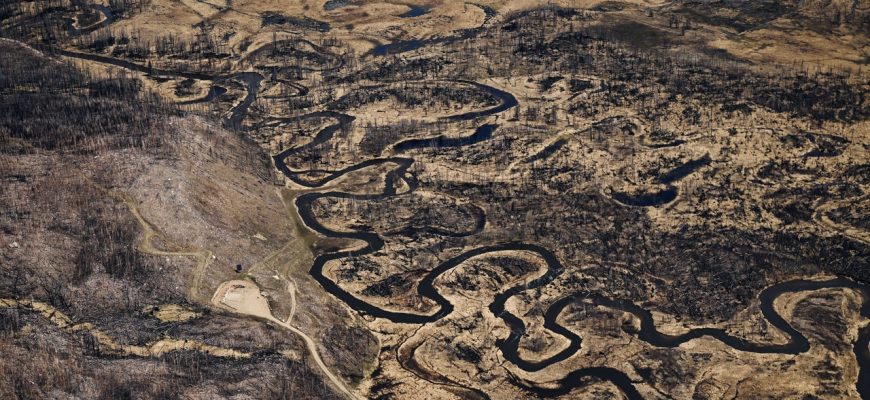While the effects of El Niño are more concentrated in the tropics, other regions will feel the heat as well. The southwestern United States tends to get more rain, while the northern parts of the country warm up. One upside: El Niño typically reduces hurricane activity in the Atlantic Ocean.
Courtesy of Christopher Callahan
Tropical countries tend to be the most economically vulnerable both because of their proximity to El Niño and because they often have lower GDPs than nations in Europe and other northern regions. For example, the countries indicated in red on the map above show huge drops in GDP per capita during the 1997-98 El Niño.
Generally speaking, agriculture that’s vulnerable to changes in rainfall makes up a larger share of GDP for low-income nations, so they have relatively more to lose if the weather turns. Subsistence farmers in particular are at risk of not only losing their livelihood, but also not being able to feed their families. Things are especially precarious for farmers who lack irrigation systems, as the shock of drought is more immediate.
More economically developed countries tend to have stronger safety nets for their agricultural industries. “Let’s say there is a bad drought in the US that will have a negative effect on a farmer in Indiana—that crop has been insured,” says University of Sydney agricultural economist David Ubilava, who studies the economic effects of El Niño but wasn’t involved in the new paper. “There is this huge policy complex that is there to make sure that farmers are not affected too badly during weather shocks. That’s hardly the case in most low- and middle-income countries.”
Previous calculations of El Niño economic losses were likely underestimates, Callahan says, because they just considered damage in the years that the phenomenon was active. But this new research finds that the effects can last up to a decade after warm waters dissipate. Government funds have to go to rebuilding infrastructure, for instance, instead of technological innovation. “So you get this sort of legacy of El Niño in depressed economic growth,” says Callahan. When his team factored in losses after the event, he continues, “we find these much larger costs than those that had been previously considered.”
Still, this modeling is extra tricky because it combines two already complicated realms: economics and climate. Scientists can’t yet say when El Niño will set in, and how severe it will end up being. There’s no way of knowing exactly how rainfall might change in any given country a year from now. So it’s impossible to predict with certainty how, say, an El Niño–driven drought might affect the yield of rice harvests in Asia.
That uncertainty is all the more reason to start planning international aid to low-income countries now, says Ubilava. “There’s a higher chance that people will suffer in these countries,” he says. “Having a bit of a head start, even these few months, can have big positive effects down the road.”
Callahan sees this El Niño as a stress test for a warming planet, as climate change makes heat waves, wildfires, droughts, and rainfall more intense. But it’s also an opportunity for governments to shore up their preparations for extreme weather. “These things like hardening your infrastructure and investing in wildfire management are going to be necessary,” says Callahan. “And so we think there’s really sort of a win-win here.”








